Confluences along the Mississippi
by Sara Černe and Andrew Freiman
The Mississippi river represents a confluence of the local and the global, visible through industry, culture, and the ecological changes the entire watershed has undergone. The Mississippi and its confluences have sustained and connected Native peoples across regions and millennia, and it continues to do so. For us, the word “confluence” doesn’t simply mean the meeting or junction of two rivers. We want to think about the different realities that rivers and their flows bring together, about the eddies created when history and the present clash, such as the historic processes of pollution, erosion, and flood control and how they have shaped the lives lived along the banks. We also want to keep our sights on the present and the Indigenous artists and activists who engage with the river today. Confluence is more than the joining of two waters, it is also the joining of multiple worlds, cultures, and temporalities; it isn’t a fixed moment in time but a constant becoming, a constant flow. It isn’t just the past, but the present, and the future as well.
When thinking of the Mississippi river we should keep in mind the scope of its confluences–the river brings together major and minor tributaries from almost 40% of the continental U.S., including thirty-one states and two Canadian provinces. This may be a scope so great it is ultimately difficult to fully comprehend, but thinking of a specific confluence may help. For the Dakota people the idea of confluence has special meaning where Haha Wakpa and Mni Sota Wakpa—the Mississippi and Minnesota rivers—meet. Hydrologically speaking this is when Haha Wakpa begins to take on a heavier silt load from Mni Sota Wakpa, gaining volume and speed as they make their combined way south. The Dakota know this confluence by another name, Bdote. The definition of bdote, like confluence, is centered on the comingling of two separate bodies of water, but it doesn’t stop there. Bdote gestures to a larger cosmic history that transcends our earthly plain. The Dakota people came to this planet from their ancestral home amongst the stars through the physical location of the bdote–this is a very profound confluence. But as a confluence exists over broad stretches of time, the story has changed along with the physical place. It is also a space still occupied by the brutal history of American expansion and the forts that helped solidify U.S. Government hold on the Dakota homeland. Fort Snelling is just west of bdote; after the Dakota War of 1862 it became a concentration camp, and facilitated the largest state sanctioned hanging in U.S. history. While the tragedies and troubles of colonization are still ongoing for Indigenous communities across the United States, we must remember that these stories are still being written. Newer, more egalitarian and decolonized futures are possible.
It is possible that the words confluence and collaboration are kin. Two things meet as separate entities and continue as one. With the help of Humanities Without Walls, scholars from various backgrounds and different parts of the world met with Native artists and activists who live and work along the Mississippi. As a methodological term, this kind of collaborative confluence asks that the members of our Humanities Without Walls team think about how we engage with Indigenous peoples invested in the river, and with each other as researchers, artists, teachers, and members of university communities and with those beyond our institutions. It also necessitates thinking about how we engage with the river itself. As the river’s confluences tell numerous overlapping and connected stories, so too does collaboration emphasize the multiplicity as well as specificity that emerges from the project.
In the fall of 2018 Sharon Day, an Ojibwe Elder, joined us on the banks of Haha Wakpa to talk about the series of Nibi Walks (Nibi is Ojibwe for water) she has organized since 2013. For her first Nibi Walk, Day set out on a 62-day, 1,754-mile hike from Lake Itasca, the headwaters of the Mississippi in northern Minnesota to Fort Jackson, Louisiana, near the river’s mouth at the Gulf of Mexico. The members of that first Nibi Walk gathered water from Lake Itasca and carried them south. They poured the springfed headwaters into the heavily polluted Lower Mississippi so that the river could remember what it was once like, so that the two could speak to each other, past and future. Over 20 Nibi Walks have been organized in the ensuing years including the Potomac River in 2016 and Salt Water Creek in Arizona in 2020. Day’s practice of transporting water from a river’s source to its final destination, of walking the river’s route, of offering up prayer and knowledge between those two points physically repositions the human into the hydromechanics of of the river itself and offers another way to think of the term confluence. Rather than being a bystander to the river’s flow, to its health and its future, imagining and enacting our way into its cycle is a key for our lifeway’s future health.
